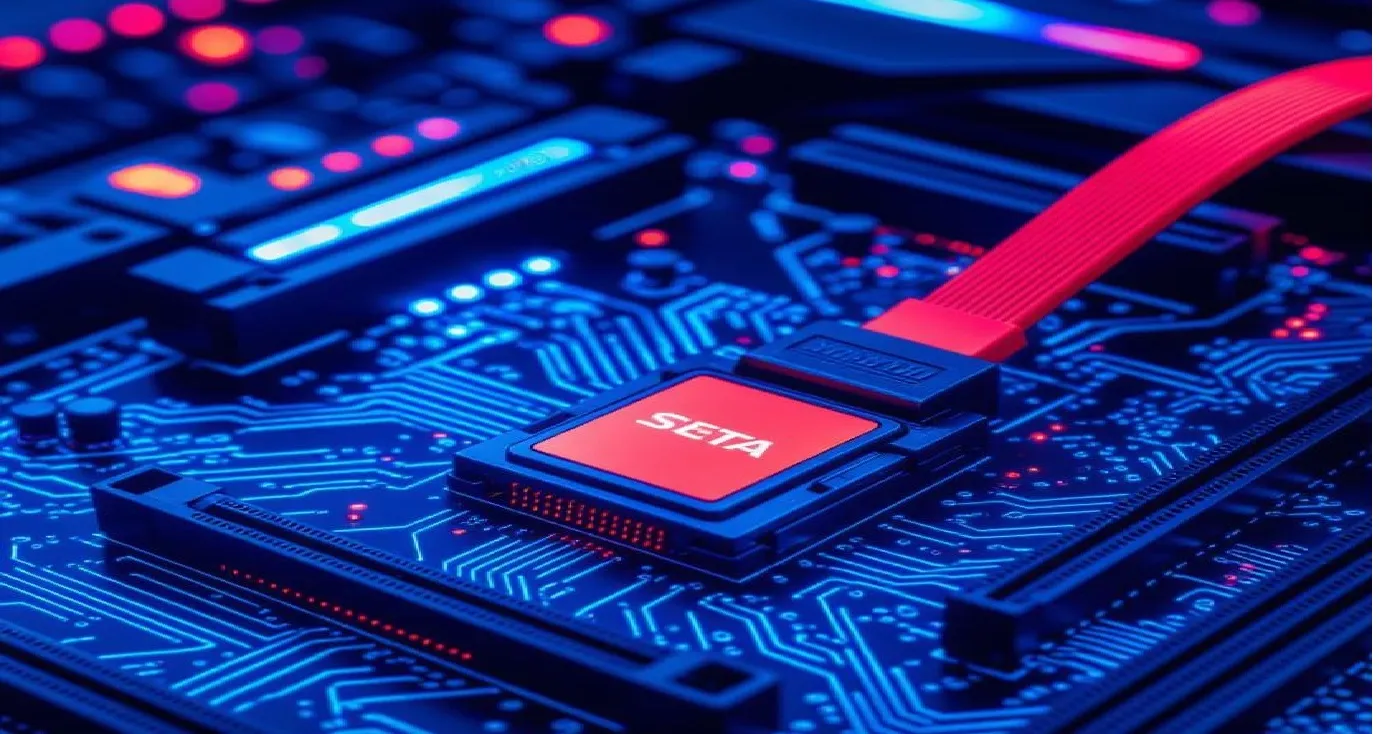The world of technology never stands still, and the latest advancements are about to leave SATA and PCIe Gen3 in the dust!
With the cutting-edge solutions like FADU’s Sierra FC6161 PCIe Gen6 SSD controller at FMS 2025, the storage industry is racing toward a future where older standards simply can’t keep up. As of 05:47 PM IST on August 29, 2025, it’s clear that these once-reliable technologies might fade away, driven by the demand for speed, efficiency, and innovation. Let’s explore why this shift is happening and what it means for you!
The Legacy of SATA and PCIe Gen3
For years, SATA (Serial ATA) has been the backbone of consumer storage, with SATA III topping out at 6 Gbps—impressive in its day but now a bottleneck for modern needs. PCIe Gen3, introduced as a faster alternative for SSDs, offers up to 3,938 MB/s with a x4 configuration, thanks to its 985 MB/s per lane. These standards brought reliability and affordability, powering everything from home PCs to early datacenters. But their limitations are becoming glaringly obvious as data demands skyrocket.
The Rise of Newer Standards
Enter the next generation! PCIe Gen4 doubled the bandwidth to 2 GB/s per lane, while Gen5 pushed it to 4 GB/s, finding homes in high-end gaming rigs and workstations. Now, PCIe Gen6, showcased by FADU’s Sierra FC6161, takes it to a mind-blowing 16 GB/s per lane with x8, hitting a total of 128 GB/s. This controller, boasting 28.5 GB/s speeds and a 512TB capacity, is designed for AI datacentres and hyperscale environments, fueled by partnerships like FADU’s with Meta. The industry is clearly moving forward, leaving older tech behind.
Why SATA and PCIe Gen3 Are at Risk
The performance gap is stark. Gen6’s 28.5 GB/s dwarfs Gen3’s 3.9 GB/s, and with 6.9 million IOPS for random reads compared to Gen3’s modest output, it’s no contest for intensive workloads like AI or big data. As new hardware favors these advanced standards, support for SATA and Gen3 is dwindling. Major players are adopting Gen6, and the cost of maintaining legacy compatibility is pushing businesses to upgrade. With datacenters leading the charge, the writing’s on the wall for these older protocols.
Related Posts
Implications for Consumers and Businesses
For consumers, this means gaming PCs and laptops might soon need Gen4 or higher SSDs to stay relevant, especially as software grows hungrier. Businesses face a bigger shift—datacenters must upgrade to compete, impacting IT budgets and infrastructure. The transition could take 3-5 years, but the clock is ticking. If you’re building a new system, skipping Gen3 might save you a headache down the line!
The Future of Storage Technology
Looking ahead, PCIe Gen7 rumours are already buzzing, promising even greater speeds. The Sierra FC6161’s 9W TDP highlights a push toward sustainability, reducing heat and power costs—a trend that could shape future designs. Preparing now—whether by upgrading hardware or optimizing software—will keep you ahead of the curve as storage evolves.
Conclusion
SATA and PCIe Gen3 have served us well, but their time is running out. With PCIe Gen6 leading the charge, driven by innovations like FADU’s Sierra FC6161, the future is fast and efficient. As of 05:47 PM IST on August 29, 2025, the tech world is embracing this change. Stay informed, plan your upgrades, and get excited—because the next era of storage is here!



